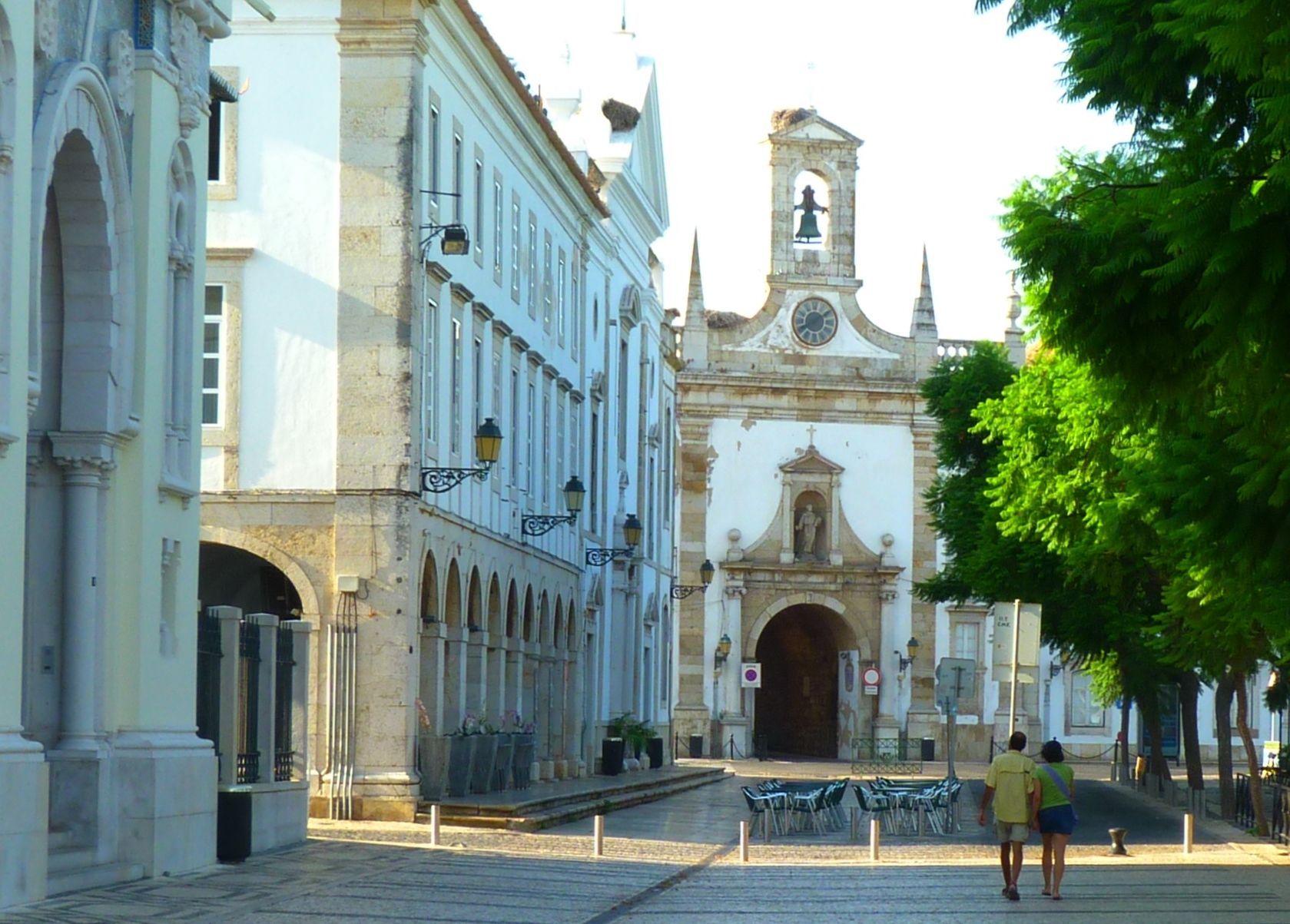Earlier this year, British author Deborah Lawrenson published a novel, 300 Days of Sun, which is set in Portugal. Naturally, after discovering this, I had to get the scoop! I hope this interview with Deborah will pique your curiosity, so you can spend those cold, rainy winter evenings reading this novel, which is set in the sunny Algarve.
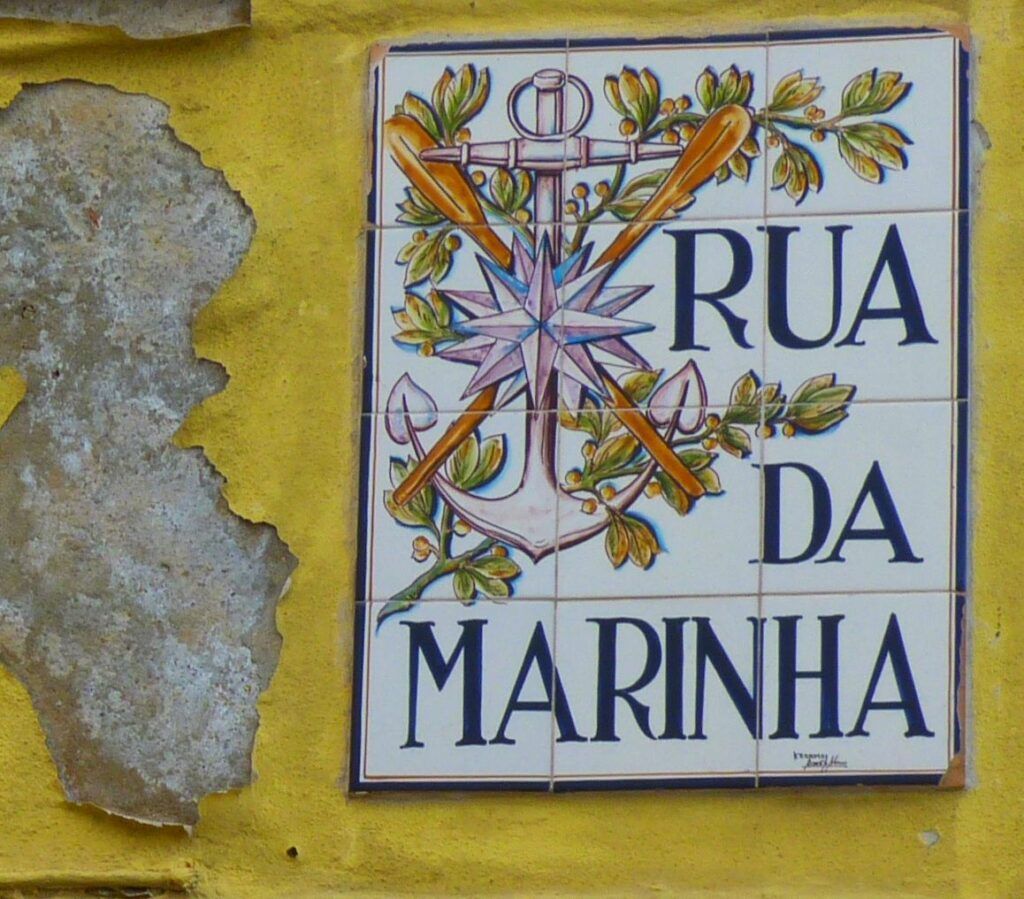
Catarina: 300 Days of Sun takes place in Portugal’s Algarve region. Did a summer getaway to that location inspire the novel, or did the history in the novel inspire you to go out there and research it?
Deborah: I went to Faro in the summer of 2013 because my daughter Maddy wanted to take a Portuguese language course. She intended to apply to university to study Iberian languages, but she was only seventeen at the time and I couldn’t let her go to a strange town on her own for two weeks. So, the two of us went to Faro that August and while she spent the mornings at the language school, I wandered around with my notebook and camera.
But what began as something to do while waiting for her lessons to finish soon became a learning experience for me as well. Before long, both of us had fallen under Faro’s spell – the laid-back atmosphere, the salt marshes like green lace from our plane’s approach, the pretty tiled buildings and the intriguing old town. I already knew about Portugal’s history during the Second World War, but being in Faro inspired me to find out how I could bring both the setting and the history together in one story.
C: What surprised you the most about the history you uncovered in your research?
D: I knew that Lisbon, as a neutral country, was a crucial wartime espionage hub, but it was astonishing to discover how blatantly the Allies and the Nazis lived side by side in and around Lisbon while their opposing armies fought ferociously and refugees gathered, displaced by the Nazi sweep across the Continent and desperate to leave Europe. The enemies faced each other every day in the squares and streets, cafés and restaurants of Lisbon. On Portela airfield, black-painted converted Nazi bombers were bringing in passengers from Berlin alongside scheduled flights from London.
Lisbon, with its swirling sea mists and rumors, its imposing architecture and twisting medieval streets, became a place of dangerous games, but until I came to do my research I hadn’t thought much about life for the ordinary people of Portugal.
Yet from all accounts, the ordinary people of Portugal were friendly and welcoming to both sides. Their hotels and houses were especially praised for their cleanliness. In the countryside there was great poverty, and a complex sadness. The country walked a diplomatic tightrope, but it’s important to understand that in general, people did the best they could in the circumstances, and that is all it is possible to do. In the end, Salazar and his authoritarian regime had a good war, playing one side off against the other, and his shrewd trade in wolfram (a mineral used in armaments) saw Portugal’s balance of trade go from a deficit of $40 million in 1939 to a $68 million surplus in 1944.
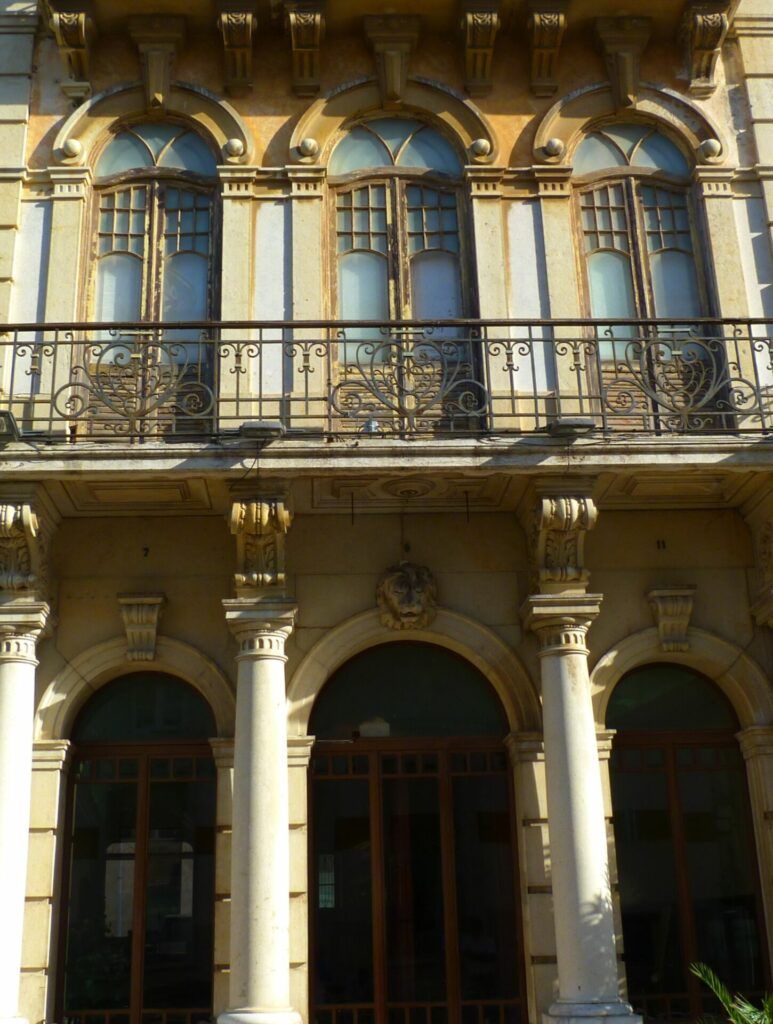
C: 300 Days of Sun is a mysterious novel, full of secrets, war, and espionage. The setting of the story makes a striking contrast to what it considered a sunny, vacation destination. Do you believe this juxtaposition is part of what makes the story so intriguing?
D: You have put your finger exactly on what I was trying to achieve – thank you! The contrast between light and dark provokes a primal reaction. But the novel is also about the shades of grey, and the process of change. All the characters experience life-altering change – change none of them sought in the first place – and the world around them is unstable, too. Violent storms re-draw coastal geography. Nature cannot be contained even with modern sea-barrier engineering. War and economic and political power-shifts undermine the individual.
Perhaps appropriately, this novel has several different genre elements: part historical fiction, part romantic suspense, part literary thriller. I always try to write in a way that transports the reader to a setting, capturing a vivid sense of place and I research carefully to make the imaginary experience as accurate as possible, evoking the smells as well as the sights, or the soft shushing sounds of the Portuguese language.
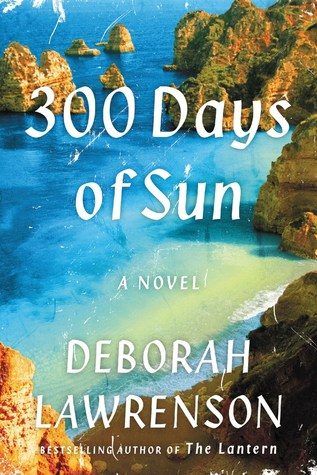
C: Is there anything you can give away about the book to my readers?
D: In capturing the spirit of a place, I include real places that will be instantly recognisable to anyone who knows them, and alluring for those who don’t. In Faro, the famous Café Alianҫa became the focus of my imagination. At the time I was there, it had been closed for several years, still elegant, but sad and neglected. As in the book, the ground floor was being used for public discussions as part of a local election campaign. The great news is that a few months ago, this wonderful old café reopened after a fabulous refurbishment in keeping with its cosmopolitan fin-de-siècle origins. Here is a short extract from the start of my book, and the first glimpse of the Café Alianҫa:
I met Nathan Emberlin in Faro, southern Portugal, in August 2014.
At first, I thought he was just another adventurous young man, engaging but slightly immature. His beautiful sculpted face held a hint of vulnerability, but that ready smile and exuberant cheekiness eased his way, as did the radiant generosity of his spirit, so that it wasn’t only women who smiled back; people of all ages warmed to Nathan, even the cross old man who guarded the stork’s nest on the lamppost outside the tobacconist’s shop.
Yes, he appeared from nowhere – but then, so did we all. I didn’t go to Faro to get a story. That summer, I was on the run, or so it felt; I was trying to consign an awkward episode to my own past, not to get entangled in someone else’s. Besides, a lot of people I met in Faro were in the process of change, of expanding their horizons and aiming for a better life. The town was full of strangers and constant movement: planes overhead, roaring in and out of the airport across the shore; boats puttering in and out of the harbour; trains sliding between the road and the sea; buses and cars; pedestrians bobbing up and down over the undulating cobblestones.
The café, at least, was still. On the way to the language school, it had the presence and quiet grace of an ancient oak, rooted to its spot in the Rua Dr. Francisco Gomes. The columns and balustrades of its once-grand fin-de-siècle façade had an air of forgotten romance that was hard to resist. I pushed against its old-style revolving door that first morning simply because I was curious to see inside.
If you want to hear me reading it, here is the Clyp link: https://clyp.it/uvkz30nm
C: Are you planning on writing any more novels set in Portugal? And if not, how can I convince you to do so?
D: Never say never! I am keen to return to the Algarve and to explore more of its fabulous land- and sea-scapes to the west of Faro. To the east, Tavira is a town that draws me and that feeling is often a prelude to looking deeper to see if I will find it possible to write about a place.
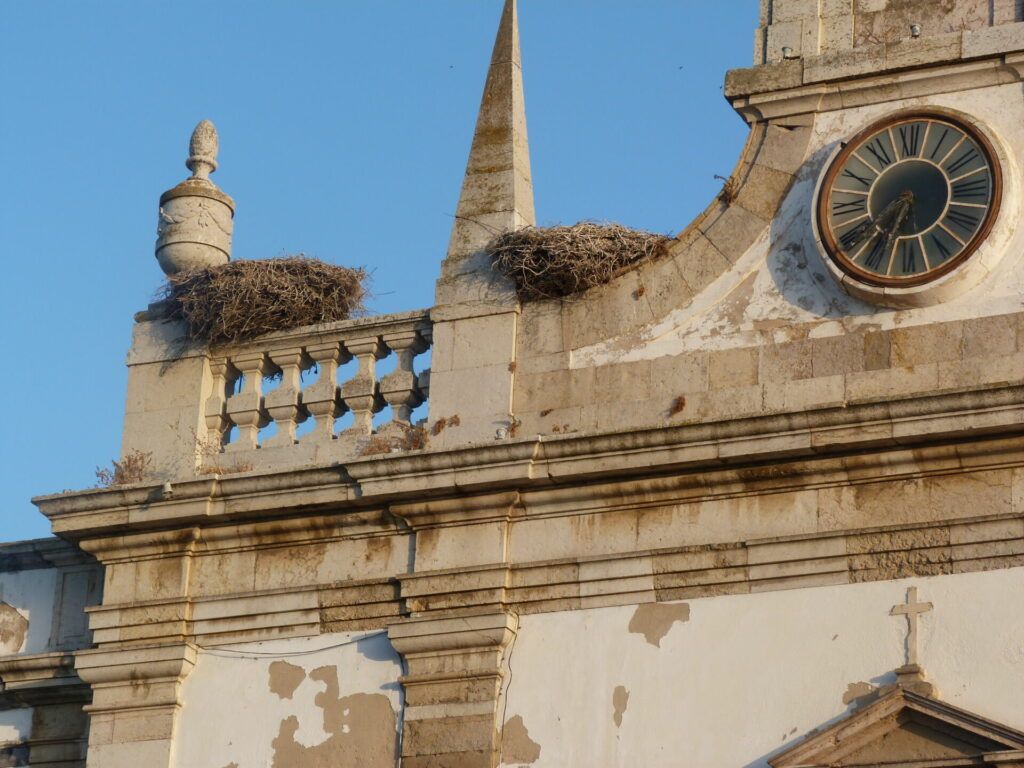
If you like historical fiction, learn more about 300 Days of Sun here and follow Deborah’s Twitter account. And if you’re in a hurry to get your hands on the book, you can buy it on Amazon and other book stores. I can’t wait to get my copy!
